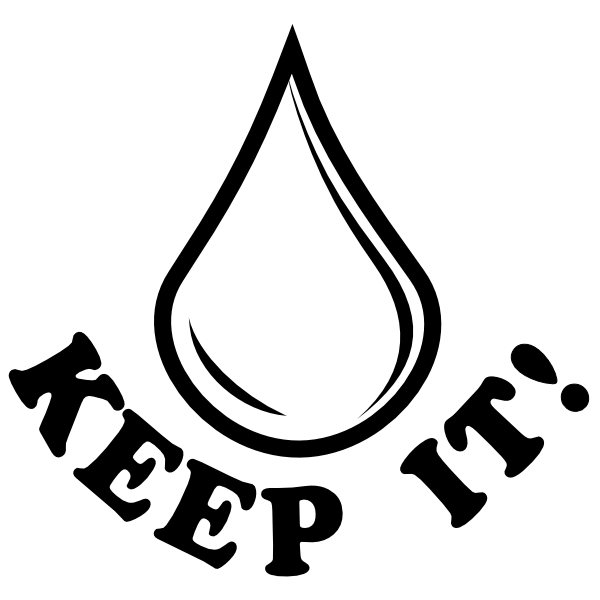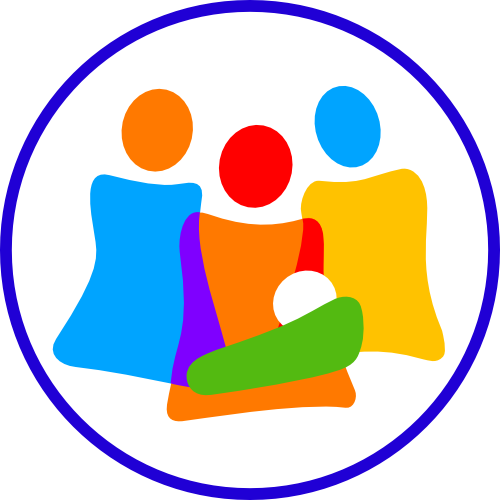September 2023
The Risks of Pumping & Dumping
Pumping and dumping should be considered an intervention with risks for the lactating individual and the infant. It is often suggested “just in case” or due to a lack of knowledge regarding lactational pharmacology. However, shared decision making with families is the most ethically sound medical practice and considers pharmacologic principles, research evidence, and the family’s concerns/goals. Pumping and dumping milk is rarely absolutely indicated. If there is concern about a medication, parents can pump and save the milk until more is known about the safety of the medication’s use during lactation. If exposure to the medication is deemed inappropriate for the infant, pumping and saving allows for use when the breastfeeding infant is older or allows the family to dilute the milk pumped during medication exposure with other expressed milk to decrease exposure to the medication.
The following are risks of pumping and dumping that should be considered during shared decision making:
- The stress of immediately accessing and using a pump A parent who is exclusively breastfeeding faces a great deal of stress if instructed to immediately start pumping and dumping. Many parents who are exclusively breastfeeding have never used a pump, don’t know what to purchase, may not have financial means to purchase a quality pump, and do not know how to operate a pump (e.g. how often to pump, how long to pump, what the different pump functions do, whether to single or double pump, how to clean their pump parts, etc.). They also don’t know how much milk to offer in a bottle and there is a significant risk of infant bottle refusal.
- Negative Impact on Breastfeeding Duration: People who are instructed to exclusively pump are at risk for loss of milk production, often because it is hard to find the time to pump regularly while they are ill and getting treatment, feeding their infant a substitute, and managing the other responsibilities in their lives. 1,2
- Risk of Injury: Breast pump use is associated with nipple and breast injury and pathology, even with optimal use.3
- Risk of Mastitis: Breast pump use is associated with an increased risk for mastitis with a recent metanalysis showing an OR of 2.78 times increased risk with breast pump use. This may be confounded by nipple injury or trauma caused by breast pumps,4 but ultimately this is a risk associated with pumping. Mastitis may also occur from bacterial pathogens harbored in small crevices of pump parts, and from insufficient milk removal, leading to segmental areas of lymphatic swelling in the breast (‘plugged ducts’).5
- Risks to Milk Production: The breast pump removes milk differently than an infant does. For some lactating parents the pump does not remove the milk as well as the infant does, leading to lower production. For others, the breast pump removes more milk than the baby does, leading to over production, which increases the risk of mastitis, galactoceles, and breast abscesses.5
- Lack of Adequate Stored Milk for the Baby: The parent may not have adequate reserves of expressed milk for their infant. The family will need to find an alternative nutritional source (such as donor breastmilk or formula), which would place additional stress on the family during a challenging time.
- Risks of Stopping Human Milk Feeding: While formula provides adequate nutrition, the risks of switching the child to formula must also be considered, including changes to the infant’s gut microbiome, bottle refusal, formula refusal, refusal to return to the breast due to bottle preference, as well as health risks that all non-breastfeeding infants face, including lower IQ, and higher rates of sudden infant death syndrome (SIDS), allergy symptoms, necrotizing enterocolitis, leukemia, childhood obesity, ear infections, diarrhea, and morbidity/mortality from severe respiratory infections (including COVID-19, RSV and influenza).6
- Risks of Infection for the Infant: If the parent is instructed to pump and dump related to a medication for an infectious illness, the infant no longer has the protection from that illness provided via breastmilk. Breastmilk provides antibodies to the parent’s infectious illness, in addition to many bioactive factors that help to kill pathogens and decrease inflammation from the infection. Breastmilk decreases the risk of infant death due to infection in the USA by 19%. 7
- Risks of Withdrawal Symptoms in the Infant: Certain medications such as anti-seizure medications and opioids taken during pregnancy result in significant transplacental fetal exposure, leading to the risk of neonatal withdrawal symptoms postpartum. Breastfeeding is known to decrease the risk of neonatal withdrawal symptoms from several such medications. If human milk feeding is interrupted because of instructions to pump and dump, the breastfed infant has a risk of abrupt withdrawal symptoms.
- Risks of Emotional Impact for the Dyad: Pumping and dumping can impact the dyad’s emotional well-being and disrupt a source of bonding, comfort, and closeness between the infant and the lactating parent.
References
- (1) Felice, J. P.; Cassano, P. A.; Rasmussen, K. M. Pumping Human Milk in the Early Postpartum Period: Its Impact on Long-Term Practices for Feeding at the Breast and Exclusively Feeding Human Milk in a Longitudinal Survey Cohort. Am J Clin Nutr 2016, 103 (5), 1267–1277. https://doi.org/10.3945/ajcn.115.115733.(2) Yourkavitch, J.; Rasmussen, K. M.; Pence, B. W.; Aiello, A.; Ennett, S.; Bengtson, A. M.; Chetwynd, E.; Robinson, W. Early, Regular Breast-Milk Pumping May Lead to Early Breast-Milk Feeding Cessation. Public Health Nutr 2018, 21 (9), 1726–1736. https://doi.org/10.1017/S1368980017004281.
(3) Qi, Y.; Zhang, Y.; Fein, S.; Wang, C.; Loyo-Berríos, N. Maternal and Breast Pump Factors Associated with Breast Pump Problems and Injuries. J Hum Lact 2014, 30 (1), 62–72; quiz 110–112. https://doi.org/10.1177/0890334413507499.
(4) Wilson, E.; Woodd, S. L.; Benova, L. Incidence of and Risk Factors for Lactational Mastitis: A Systematic Review. J Hum Lact 2020, 36 (4), 673–686. https://doi.org/10.1177/0890334420907898.
(5) Mitchell, K. B.; Johnson, H. M.; Rodríguez, J. M.; Eglash, A.; Scherzinger, C.; Widmer, K.; Berens, P.; Miller, B. Academy of Breastfeeding Medicine Clinical Protocol #36: The Mastitis Spectrum, Revised 2022. Breastfeeding Medicine 2022, 17 (5), 360–376. https://doi.org/10.1089/bfm.2022.29207.kbm.
(6) Meek, J. Y.; Noble, L. Technical Report: Breastfeeding and the Use of Human Milk. Pediatrics 2022, 150 (1), e2022057989. https://doi.org/10.1542/peds.2022-057989.
(7) Li, R.; Ware, J.; Chen, A.; Nelson, J. M.; Kmet, J. M.; Parks, S. E.; Morrow, A. L.; Chen, J.; Perrine, C. G. Breastfeeding and Post-Perinatal Infant Deaths in the United States, A National Prospective Cohort Analysis. Lancet Reg Health Am 2022, 5, 100094. https://doi.org/10.1016/j.lana.2021.100094.

